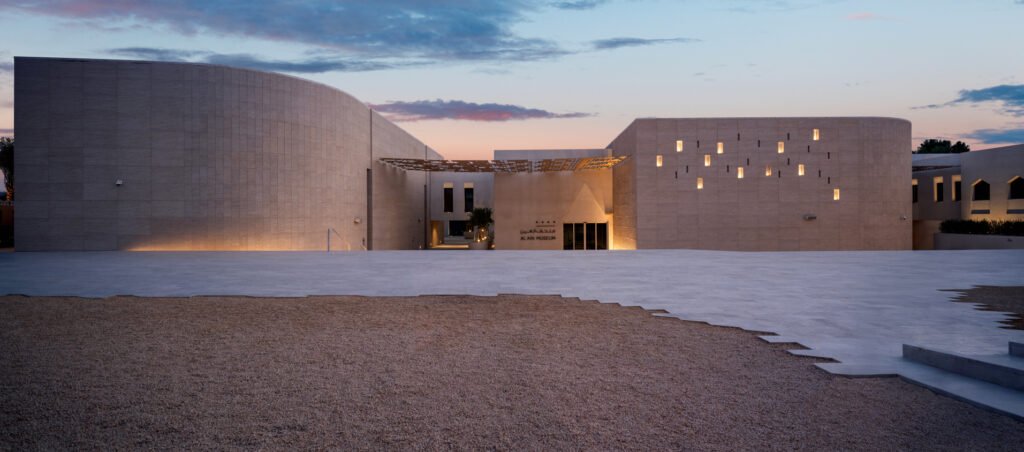
The Department of Culture and Tourism – Abu Dhabi (DCT Abu Dhabi) has officially reopened Al Ain Museum to the public following an extensive redevelopment designed by Dabbagh Architects. The museum now spans more than 8,000 square metres and retains the original museum structure as a key part of its architectural narrative.
The UAE’s first museum, originally founded in 1969 by the Founding Father of the United Arab Emirates, the late Sheikh Zayed bin Sultan Al Nahyan, Al Ain Museum remains the centre of knowledge on the history and heritage of the Al Ain Region.
H.E. Mohamed Khalifa Al Mubarak, Chairman of DCT Abu Dhabi, said: “Al Ain Museum holds a unique place in our collective memory and stands as a tribute to the vision of the late Sheikh Zayed, who understood the importance of safeguarding our past to inspire future generations. The reopening of the nation’s first museum marks a significant milestone in our ongoing efforts to continue this legacy by preserving and sharing the cultural heritage of the United Arab Emirates. Through its invaluable collections and dynamic new visitor experience, this institution will connect visitors, both local and international, to the deep roots of Al Ain Region’s history and its integral role in shaping the identity of our nation.”
The collection and narrative of Al Ain Museum trace the human inhabitation of the Al Ain Region, featuring archaeological artefacts dating back over 8,000 years, material culture objects that highlight the customs and practices of its people and exhibitions that explore the area’s rich cultural heritage through to the present day.
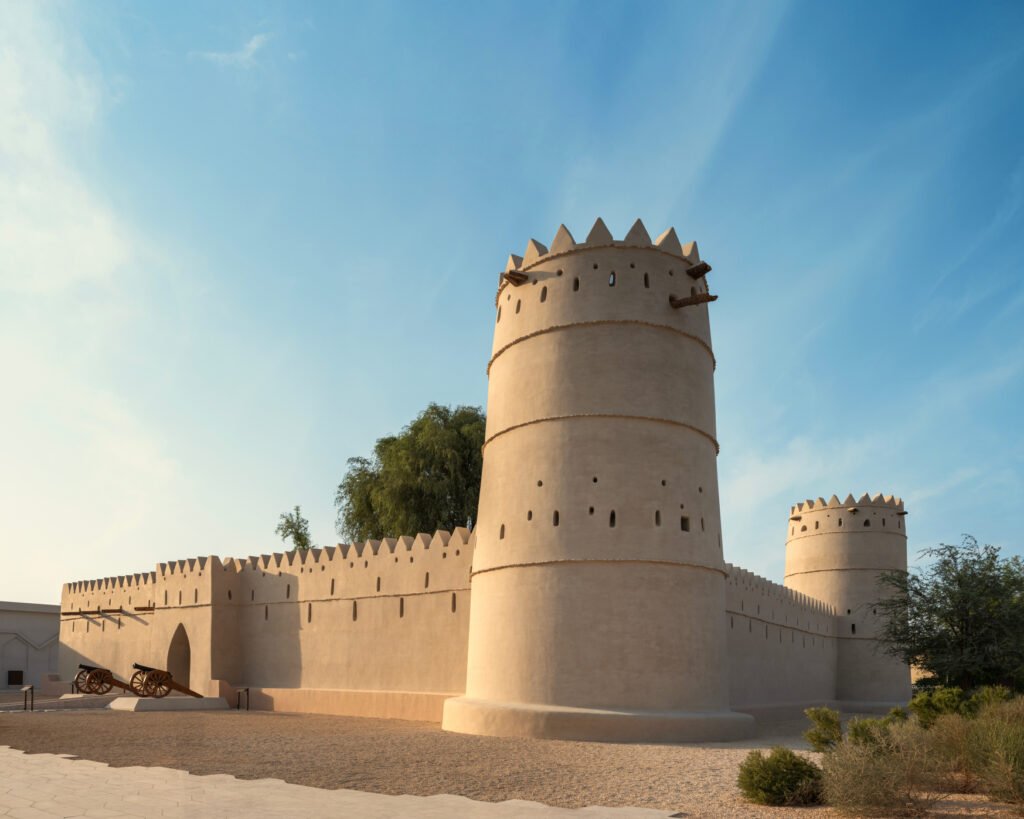
Omar Salem Al Kaabi, Director of Al Ain Museum, said: “Al Ain Museum serves as the gateway to understanding the cultural and archaeological significance of Al Ain Region. It offers visitors essential historical and interpretive context that brings to life the UNESCO World Heritage Site, offering insight into the outstanding universal value of the historic locations that surround it and their contribution to our collective understanding of human history.”
He add, “Our vision is for the museum to be the starting point of a wider journey, one that inspires visitors to explore the remarkable landscapes, ancient tombs and architectural landmarks of Al Ain Region with a deeper appreciation of their enduring value to human history and local heritage.”
Al Ain Museum features newly discovered archaeological sites unearthed during the redevelopment process, which have been meticulously excavated and preserved to form a central part of the visitor experience. A key highlight of the museum’s narrative is the development of the ancient aflaj irrigation system, one of the most significant technological and cultural advancements in the region’s history. This innovation enabled sustainable agriculture and made long-term settlement in Al Ain Region possible, laying the foundations for the area’s continuous human habitation and its emergence as a centre of life and culture in the desert.
Al Ain Museum is located next to the Sultan Fort, also known as the Eastern Fort, which lies at the eastern edge of Al Ain Oasis and once lay at the heart of the former village, or hara, of Al Ain, which also took its alternative name of ‘Haret Al Hosn’ from the fort. Sultan Fort was built in 1910 by the son of Sheikh Zayed the First, Sheikh Sultan bin Zayed, who was the ruler of Abu Dhabi from 1922–26.
Housing a vast collection of archaeological artefacts that span thousands of years of human settlement in the region, Al Ain Museum serves as a vital centre for archaeological scholarship and education. The museum features a dedicated research facility designed to support ongoing excavations, interdisciplinary studies and conservation efforts.
By providing researchers, academics and students with access to primary material culture and specialised resources, the museum fosters a deeper understanding of the historical and cultural development of Al Ain Region and its surrounding areas. This commitment to advancing knowledge ensures that the museum is not only a place of preservation but also a dynamic hub for discovery, interpretation and academic exchange that contributes to the broader field of regional and global archaeology.
Al Ain Museum features a thoughtfully designed educational space that hosts interactive workshops and hands-on learning activities, offering visitors of all ages the opportunity to engage directly with the region’s rich cultural and historical heritage. Complementing the visitor experience is the museum café and retail space, a dedicated reading room and a temporary exhibition space.



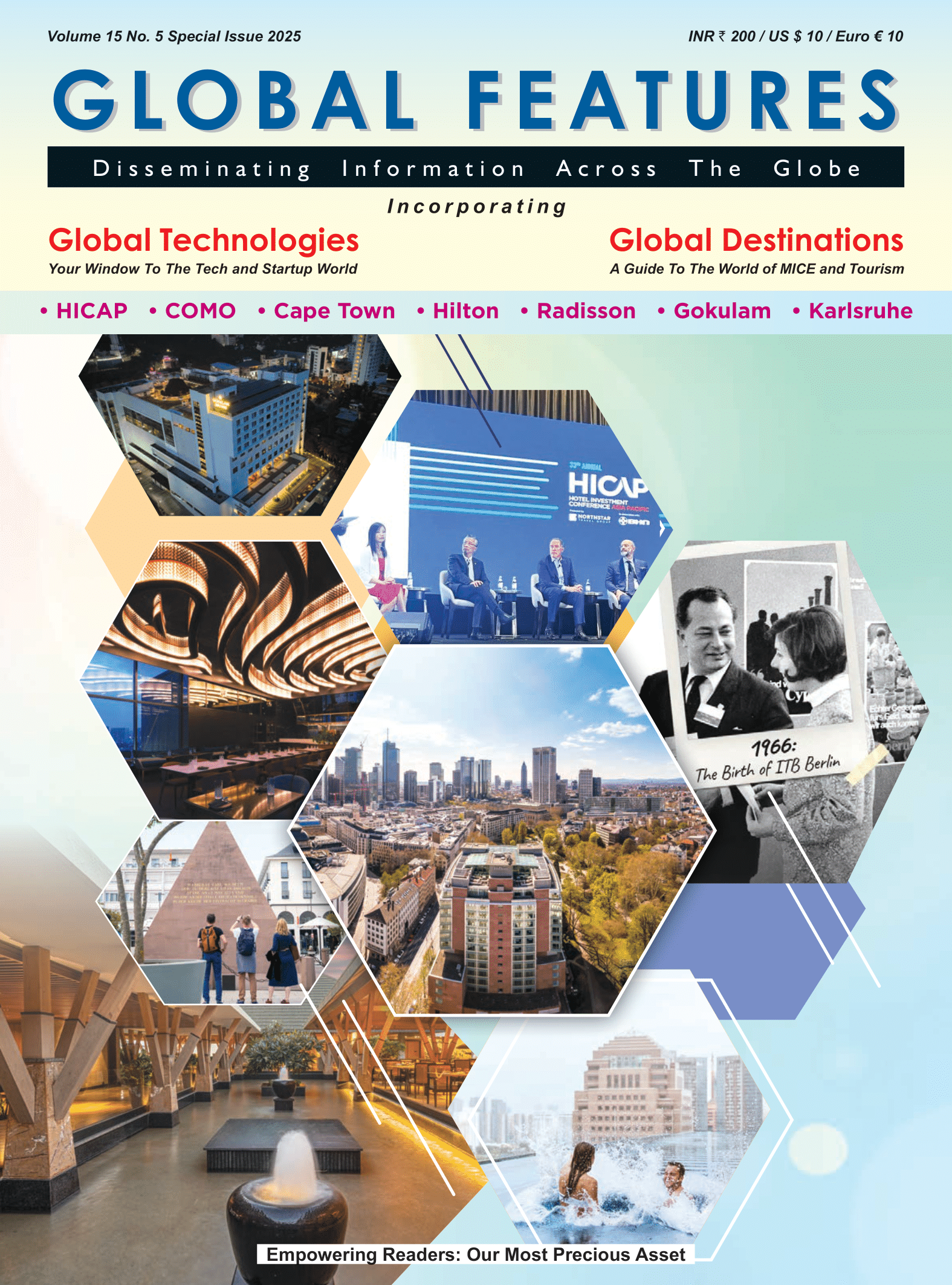
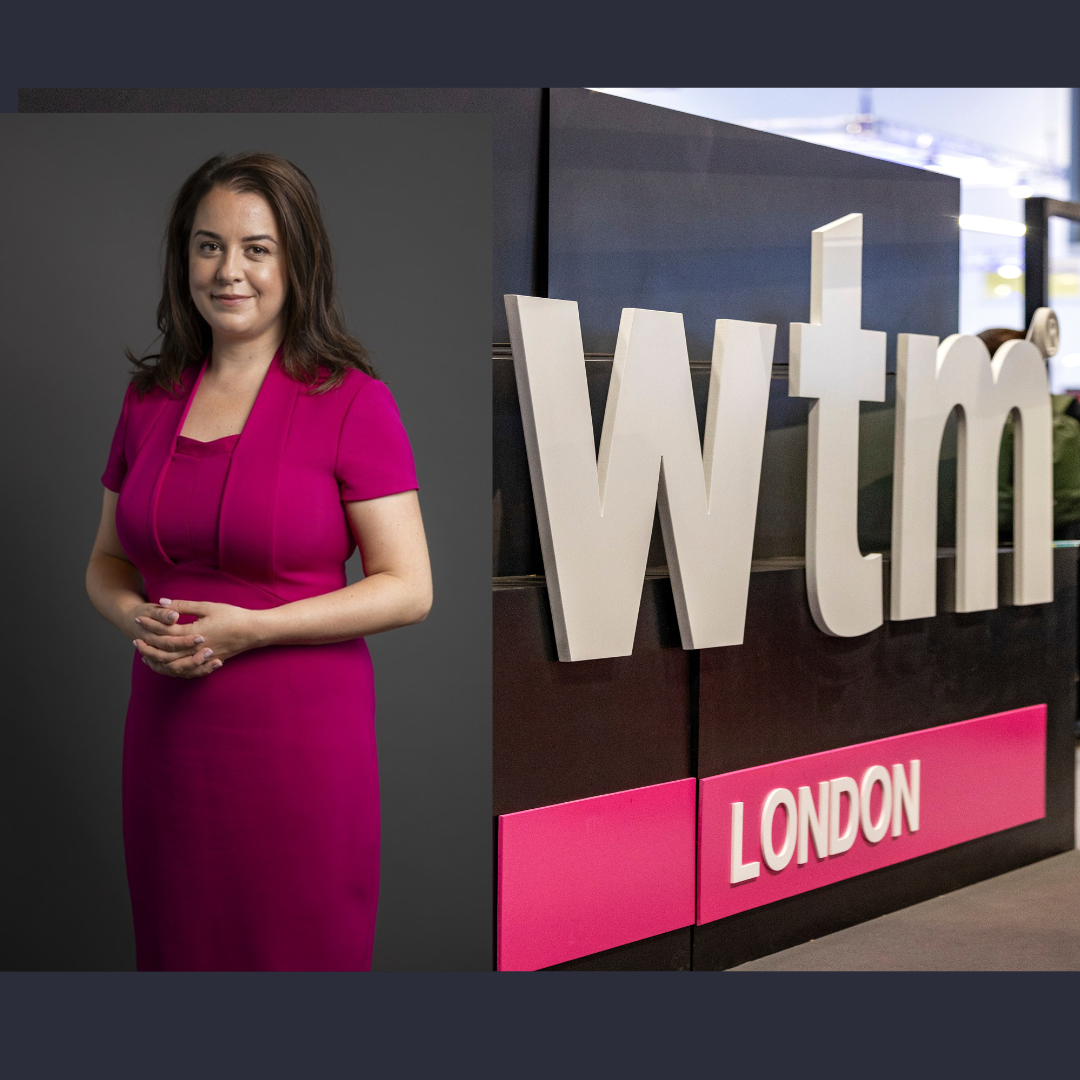

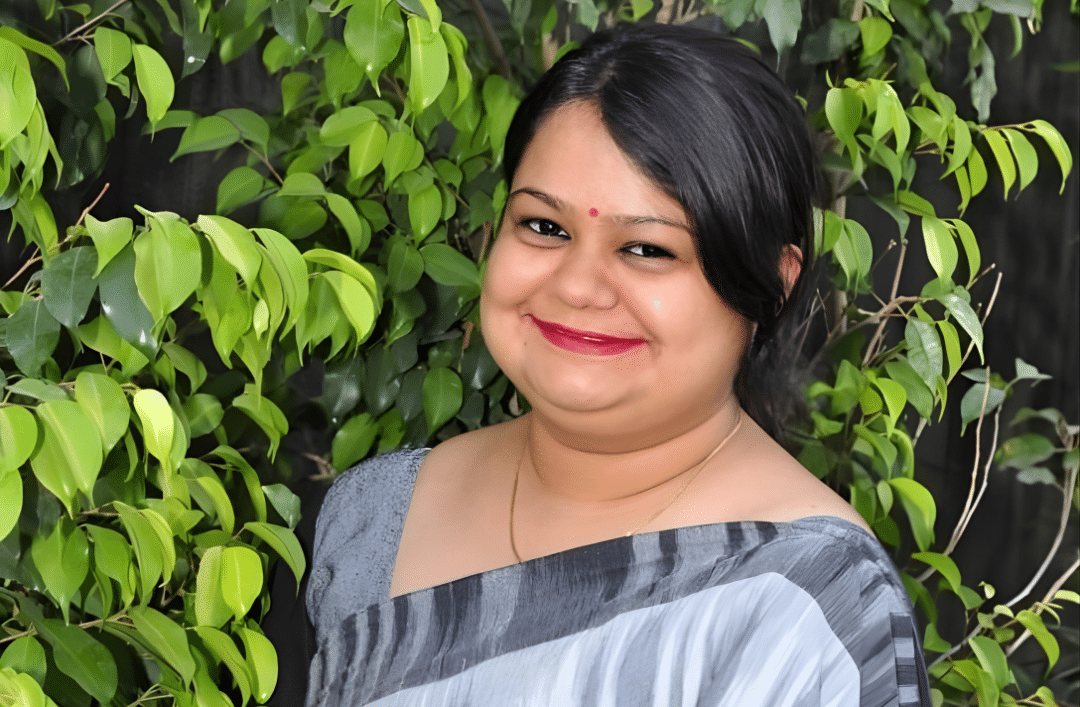
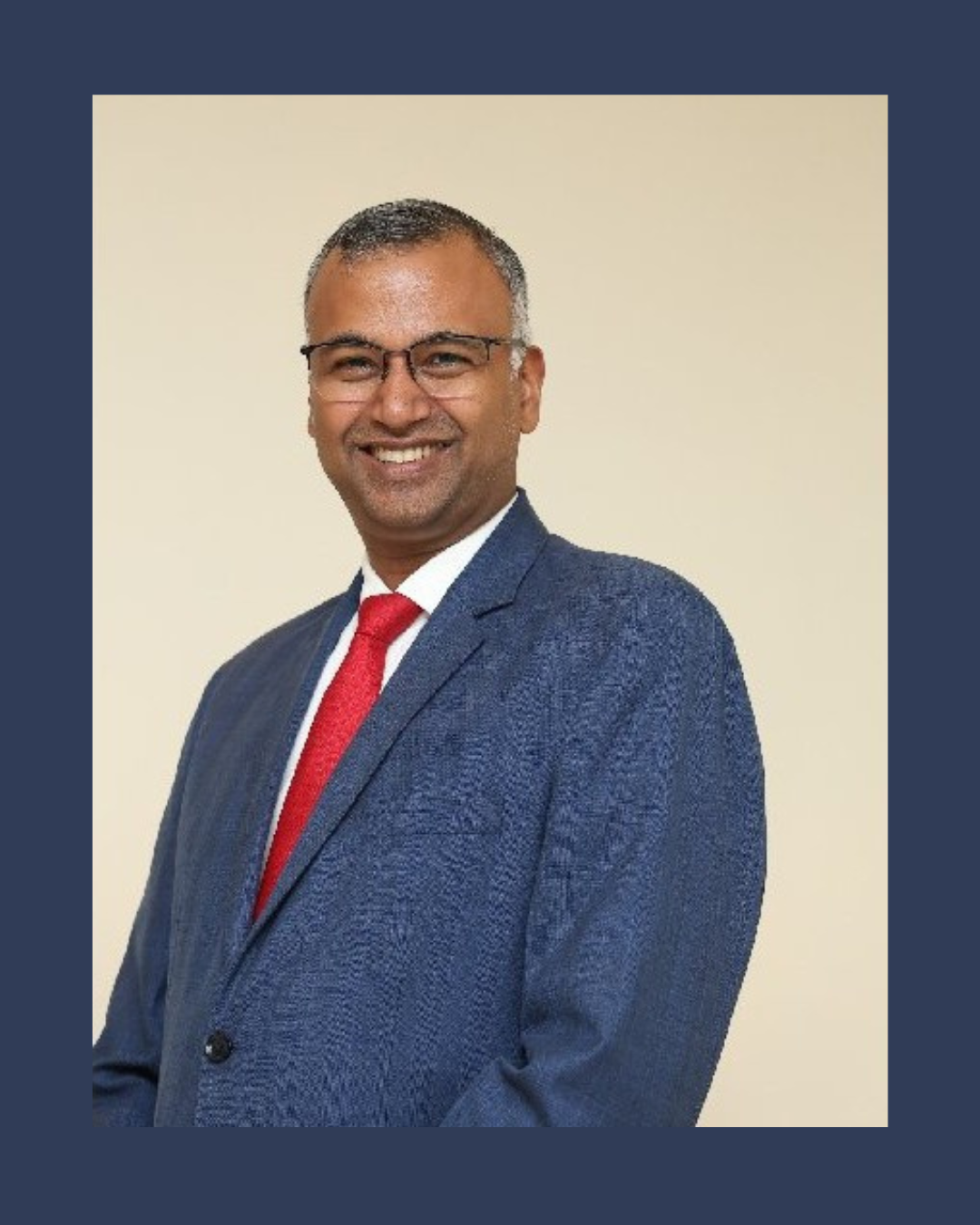

Leave a Reply